Fujimi town (Nagano prefecture, central Japan) is at the foot of Yatsugatake Mountains; it is a very cold area. The museum shows us exhibits such as everyday goods and photos which help us understand the local life well. The photos were taken in 1950s by the local photographer who is also a farmer and was a saw (specialty) vender. His photos tell us the happiness to work and live near children.
富士見町は、長野県の八ヶ岳山麓にある冬の寒さが厳しい土地です。多くの民具と、ところどころに地元の写真家であり農家、特産品の鋸の行商人である武藤盈(みつる)氏の写真(1950年代)が展示され、当時の暮らしがよくわかります。写真が、子どもの近くで働く楽しみ、子どもと暮らす幸せを伝えてくれます。
Old everyday goods are exhibited just behind the entrance. The signboards in early 20th century (left) are simple. We can know what shop is it easily.
玄関の部屋には、民具が展示されています。左は大正時代以前の看板。何の店かすぐに分かりますね。
Items about packhorse are displayed in a trip section. Men (uma-kata) guided dozens of horses at the end of the convoy. They chatted and sang while walking; “We are poorer than beggars. They can sleep at night. (we had to walk even at night)” They had a license tag (below) to pass checkpoint.
旅の展示の中に中馬の展示があります。宿場で継ぎ立てをせずに、直行便で荷を運びました。馬方は何十匹もの馬を先にやり、後ろから一団となって駄弁りながら追っていきました。
「諏訪の中馬は乞食に劣る、乞食や夜寝て昼稼ぐ」「唄の出場所は金沢蔦木、つけて流すは台ヶ原(金沢・蔦木・台ヶ原は甲州街道の宿場町)」などと馬方節を歌いながら馬を引きます。番所で見せた許可証(手形)が展示されています。
A building which was an inn for uma-kata remains at former post-town. A stone with a hole was used to hitch horse (upper left).
金沢宿(茅野市)には、馬方の宿が残っていて、玄関前には穴を開けた馬つなぎ石(左上)があります。
The wooden tags above would be license or pass. Not only vender but also entertainer had them. Villagers would have looked forward to their visits.
こちらも稼業の許可証か鑑札だと思います。商売として「振売」(行商人)だけでなく、「遊芸稼人」もあります。村人たちが到来を待ったのでしょうね。
Cooking utensils to make soba noodle. A small basket with handle on the left is similar to the one in another area in the same prefecture (Nagawa in Matsumoto City). It is used to warm noodle before eating. I think it is a common item in a cold area.
蕎麦の道具の中に、松本市奈川地域の名物・とうじ蕎麦(寒いので蕎麦を少し温めてから食べる/左下、「蕎麦のしゃぶしゃぶ」として人気が出てきています)に使うような小さなざるがありました。寒冷地に共通する食べ方ですかねえ。
The caption by the pot says that it was used while hunting and so on. Btw, cooking outside is a boom in Japan.
キジ鍋の説明には「狩などの時に使う」と書かれています。流行りのキャンプ飯みたいですね。
The tag of the small barrel says “nusumi (stealing) taru (barrel)”. Man, who went to work at a sake brewer, used it to get fresh one. Did they steal? I don’t know.
「盗樽」には、農閑期に酒蔵へ出稼ぎに行った男衆が、「搾りたてのお酒を特別に頂戴する時の樽」と書かれています。頂戴するとはどういう意味かと、突っ込みを誘う説明ですね。おもしろい。
The tag says “opium inhaler and sake set”. Was there any opium smoker in Japan? Surprising!
そして、「アヘン吸器 酒器」と書かれた展示品があります。まじか。
Old photos tell us a lot about annual events etc.
奥に年中行事の展示があります。古い写真が語ってくれました。
Children hit gongs and drums; it was an event to drive insect pest away. The photo upper right was taken in 1959. Children held the event.
子どもたちが鉦や太鼓を鳴らして害虫を村外へ追い出した虫送り(1959年)。小学生たちが主役ですね。
The event (Tenjin-kou) was held to pray for academic achievement in 1957. Students held the event.
学業成就を願って行われた天神講(1957年)。こちらは、中学生ぐらいの行事のようです。
The utensils and playthings displayed above are a bit luxurious.
ちょっと豪華な生活用品や娯楽用具が展示されています。
There are two kinds of Go stones and their containers. One was used usually, and another was done while playing a match with a guest. Go was a popular entertainment during winter in farming village.
「碁笥・碁石には客用と私用がある」と書かれていました。農村では冬季の娯楽でした。
Arms are displayed. The sickles and chains at lower left have knife inside. My question is who owned.
武具も展示されています。左は、小刀を仕込んだ鳶口と鎖鎌。中央は、鎖帷子です。どんな人が所有していたのかと思ってしまいます。
There are many items in a farming tool room. A farming house was rebuilt behind them. The lattice window is unique. I don’t think there were wolf. But there were many wild animals outside.
多量の展示品がある農具の展示室、その後ろには民家が再現されています。格子窓には狼覗との札が付いています。狼とはいわないまでも、野生動物が多かったのですね。
We cannot get on the floor. Because, the material was used in a farmer’s house before. It’s amazing. The basket on the right was used as a cradle.
民家内部の床には上がれません。実在の民家を移築したものなのです。すごい。右側のいずみは、赤ちゃんをいれる籠です。
Baby pees, so used cloth is put in the basket (1956).
いずみにはボロ布などを入れて、おしっこしても構わないようにしました(1956年)。
The basket was used even outside. The photo above was taken at the same time as the cover of the photographer’s book was done (Amazon.co.jp: Life at farming and mountain villages in around 1960). Children were brought up beside workplace.
いずみは外でも使えます。武藤氏の写真集(Amazon.co.jp: 写真で綴る昭和30年代農山村の暮らし: 高度成長以前の日本の原風景)の表紙と同じ場所での写真です。保育園がなくても職場の近くで子育てできますね。
The title of the photo above is “The first bathing of the baby” (1955).
写真のタイトルは「生湯」(1955年)です。
“Beside the fireplace of my house” (1956). A man is making a straw product, and children eat rice balls.
「吾が家のいろり端」(1956年)。子どもたちがおにぎりをほおばる横で、藁仕事に余念がない男性がいます。
The net (upper left) was used while picking weeds of rice field. The shape of rice leaves looks like sword, so they protected their face. I was surprised that such a small protector remains.
写真の上には、田草取りの時に顔に当てる網が展示されています。稲の葉が顔に当たって痛かったのでしょう。小物なのによくぞ残っていました。
“Sun drying of rice” (1956). Although we can see same scene even now, clothes are different.
「ハゼ掛け」(1956年)。今も見られる風景です。服装は違いますが。
“Burning rice husks” 1956). The man is burning husks and is taking care of children.
「籾殻焼」(ぬかやき、1956年)。子どもたちは庭で遊び、男性は籾殻を焼いています。子守も兼ねていますね。
“Making straw rope” (1959). Children are in workplace of the man. Although they don’t look so rich, they look happy.
子どもたちは大人の仕事場にいます。ズボンに穴が空いていて豊かではなさそうだけど、楽しそう。「縄づくり」(1959年)。
There is also a child beside a blacksmith (1957).
村の鍛冶屋の仕事を見入る子ども(1957)。
The car above was used while puddling. People often worked with horse or cattle.
代掻き車、人馬一体の仕事が多いです。
The basket above was used to catch small fishes (such miller thumb) in river. It is a handmade tool! I cannot believe they caught fishes for a meal by such a simple device.
カジカなどの川魚を捕ったせせりやな。こんな手作り道具で、食料になるほどの魚が捕れたのだろうかと思うぐらい小さくてシンプルなしかけです。
The section is about sericultural industry, which brought significant cash to villagers in the past. There is a glass bottle inside the basket to reserve formalin; it is not used so much nowadays because of cancer-causing.
かつて「現金収入の重要な地位を占めていた」養蚕の展示です。蚕室や機具の消毒に使われていたホルマリンの瓶(右上)も展示されています。ホルマリン燻蒸は発がん性が報告され今では使われなくなってきています。
Children are also at workplace. (left:1957, right:1958)
ここでも、仕事場に子どもがいます(左は1957年、右は1958年の写真)。
“Shipping of cocoon” (1955). Working animals such as horse were near at hand.
1955年の繭の出荷は馬! 一昔前まで、働く動物が身近にいたのですね。
Official website of the historical folklore museum:
https://userweb.alles.or.jp/fujimi/rekimin/rekimin-e.html
https://userweb.alles.or.jp/fujimi/rekimin.html (in Japanese)
Idojiri Archaeological Museum、井戸尻考古館
Ticket of Fujimi Historical Folklore Museum is sold at Idojiri Archaeological Museum above. Two museums are near Idojiri archaeological site.
歴史民俗資料館の入場券は、こちらで購入します。二つの博物館は井戸尻遺跡の近くに建てられています。
It is the site in Jomon period (from around 12,000 to around 2,400 years ago). The exhibits attracted me so much! It says that the excavations suggest that its society was not only a hunting and gathering one but also a farming one of planting millet and so on.
むちゃくちゃ興味深い展示です。縄文時代の遺跡ですが、その発掘物から狩猟採集だけでなく、雑穀を栽培する農耕社会であったとしています。
The world view based on phases of the moon (those influenced living and dying), myths of volcano, male-stone and female-stone and so on are so interested. The image above is named “earliest ancestor of goddess” from Sakaue site in the town. (It is not scope of my blog so I uploaded only its outline.)
本ブログのテーマでないので、詳細は記載しませんが、月の満ち欠けと生死を重ね合わせる太陰的世界観、火山神話、陽石・陰石などなど、出土品とともに説明されています。写真は、富士見町坂上(さかうえ)遺跡で出土した始祖女神像、重要文化財に指定されています。
Official website of the archaeological museum:
https://userweb.alles.or.jp/fujimi/idojiri/idojiri-e.html
https://userweb.alles.or.jp/fujimi/idojiri.html (in Japanese, but much info.), accessed in December, 2024
We can see Mt. Fuji (left) and the Japan Central Alps from the museum. Idojiri site park is in front of them. It moved me that primitive people made ceramics and prayed in this place.
資料館からは、富士山(左)と中央アルプスの山々、井戸尻遺跡の史跡公園が見えます。ここで、高度な焼き物を作り、祈りを捧げていたのですねえ。
Fujimi town is on Koshu-kaidou (highway) which led to Tokyo.
富士見町は新宿と中山道を結ぶ甲州街道上にあります。山梨県との境の町です。
Visited in March, 2024
Previous post (museum in the neighboring city): Chino City Yatsugatake Museum、茅野市八ヶ岳総合博物館
Next post : What were the fun things for Japanese more than 100 years ago? 昔の人々の楽しみとは?

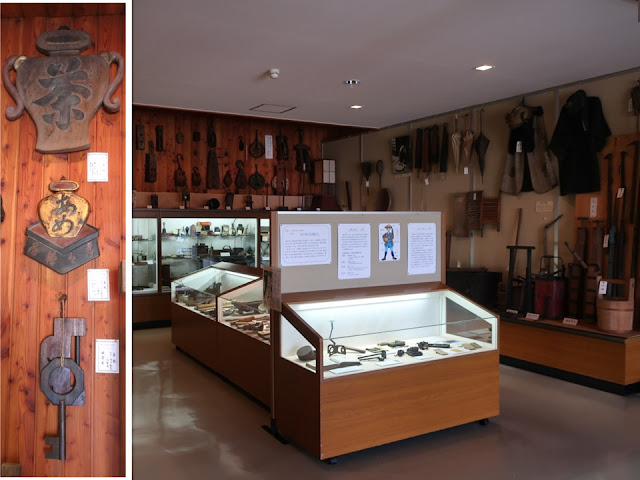






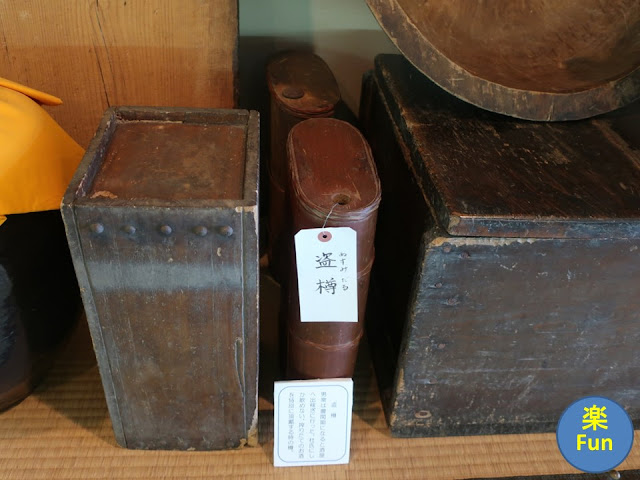






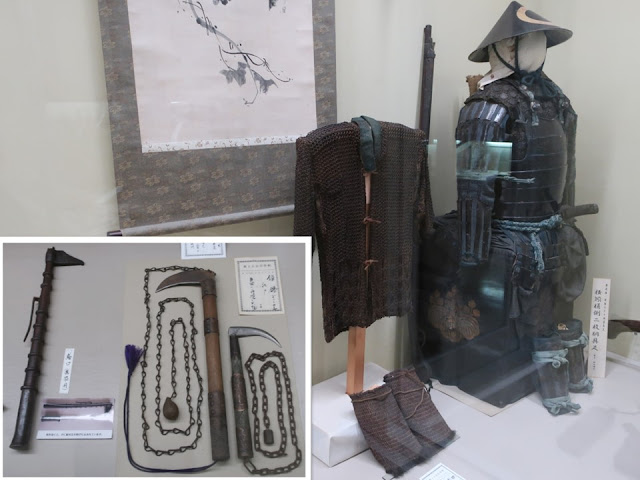






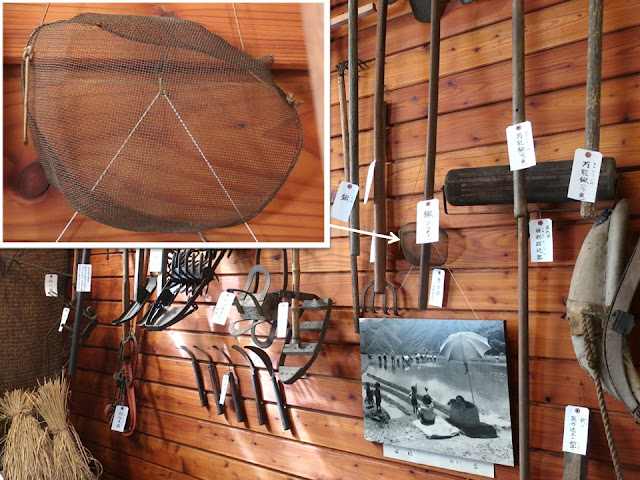












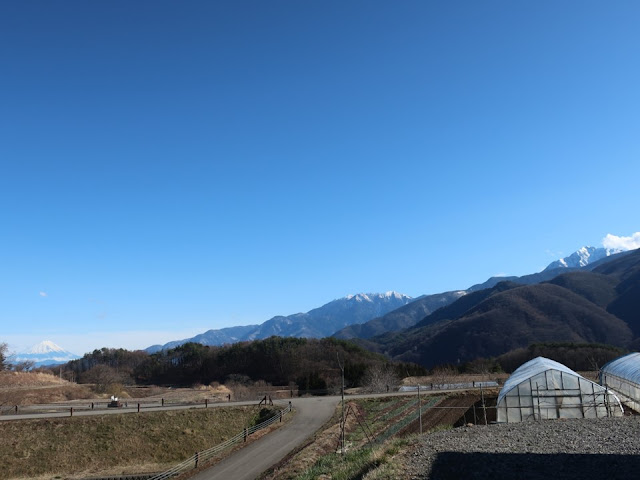

Comments
Post a Comment